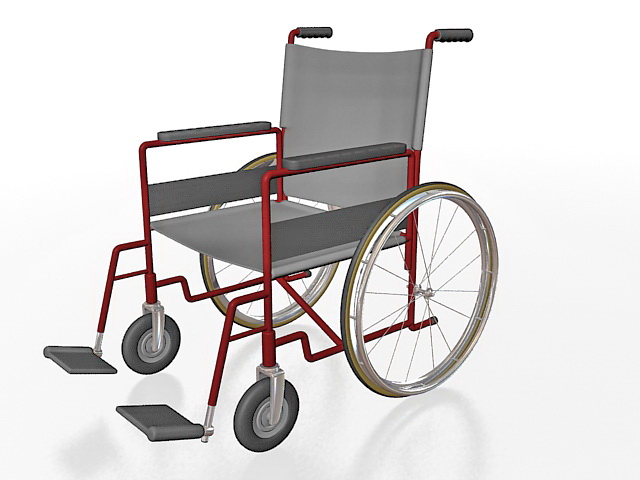3d Cad Model Wheelchairs
суббота 27 октября admin 26
Feb 03, 2019 How to create a 3D Terrain with Google Maps and height maps in Photoshop - 3D Map Generator Terrain - Duration: 20:32. Orange Box Ceo 3,269,760 views.
Wheels Designed in 3D Improve Wheelchair Mobility 21 Nov, 2007 By: Steve Meginniss describes himself as an early adapter of CAD technology. He bought his first AutoCAD 1.15 program in the mid-1980s and hasn't looked back since. A successful inventor, he has used applications to design products that are now common personal appliances you are likely to find in your bathroom, including the Sonicare toothbrush and the Clarisonic skin care brush. Always looking for a new challenge, Meginniss stumbled upon a potential market in the mid-1990s that was previously unknown to him. Working with the University of Washington on prospective mobility projects, he discovered that manual wheelchairs have quick-release axles that allow the standard drive wheels to be replaced with different types of wheels. Meginniss also learned that, overall, manual wheelchairs have changed very little since being patented in 1869. Hand rims and wheels remain much the same, and the chairs have only one speed.
Meginniss set out to change that fact by designing mechanical wheels that would provide the user with two easily shifted gears for mobility enhancement to navigate ramps, hills, and rough terrain as well as with an automatic hill holding with override feature in the lower gear that prevents the wheelchair from rolling backward on inclines. And with that simple idea, he began a 10-year journey to create. A manual wheelchair with the MAGICWHEELS product installed. The Challenge of Complex Surfaces Similar to the technology found on bicycles, the concept behind MAGICWHEELS is simple, but the product itself comprises a multitude of complex surfaces. After years of using AutoCAD and then learning 3D in Mechanical Desktop, Meginniss implemented Autodesk Inventor when his company became operational in 2001 and his team designed the final MAGICWHEELS product in this program.
The appeals of Inventor are advanced surfacing modeling and animation capabilities, Meginniss explained. 'It's almost impossible to do something like MAGICWHEELS' two-gear drive without a 3D CAD system because many precision parts have to nest together,' he said. Simistor ts 160 6 341. 'Many times we found parts interfered with the shifting system. Asam sitrat adalah. Inventor has a system where you can animate it, and it will show the interferences.' A 3D model of the MAGICWHEELS shifting system in Inventor. Inventor's capability revealed interferences, which proved to be a key element when it came time to move from design to prototype.
'We were able to make these complex surfaces and transfer them into the mold maker's CAM software without any problems,' Meginniss said. 'I had another project where we had solid models that didn't fit together correctly. We had to have them all done over.
I was impressed that we could build these models in Inventor and get them into CAM systems without any trouble.' Learning Curve The Magic Wheels team learned Inventor while designing the final version of Magic Wheels' product, an effective but challenging way to learn the program. 'It was brutal at times,' he admitted. 'But the team got good support from the local Autodesk reseller.' Once the product was finally ready for testing, Meginniss discovered more surprising elements about his new market.
